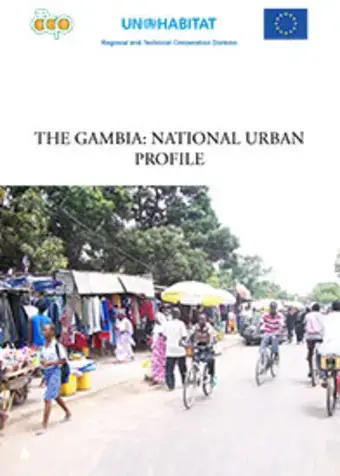 La prépondérance de Kinshasa sur l’ensemble du pays apparaît singulièrement dans le secteur des industries de transformation des produits non agricoles, des services et du commerce.
La prépondérance de Kinshasa sur l’ensemble du pays apparaît singulièrement dans le secteur des industries de transformation des produits non agricoles, des services et du commerce.
L’origine de cette importance réside dans son rôle de port de transbordement des produits industriels destinés aux consommateurs de l’hinterland et des produits agricoles pour Kinshasa.
 A l’initiative du Bureau Régional pour l’Afrique et les Pays Arabes de l’ONU-HABITAT, la République Démocratique du Congo participe depuis juillet 2004, à la réalisation des études devant concourir à l’élaboration d’un Profil Régional du Secteur Urbain. Ce profil facilitera le développement des politiques de réduction de la pauvreté urbaine aux niveaux local, régional et national.
A l’initiative du Bureau Régional pour l’Afrique et les Pays Arabes de l’ONU-HABITAT, la République Démocratique du Congo participe depuis juillet 2004, à la réalisation des études devant concourir à l’élaboration d’un Profil Régional du Secteur Urbain. Ce profil facilitera le développement des politiques de réduction de la pauvreté urbaine aux niveaux local, régional et national. La Viilllle de Kiisanganii estt lle Cheff-lliieu de lla Proviince Oriienttalle.. Elllle estt lle siiège des iinsttiittuttiions admiiniisttrattiives de lla Proviince ett de lla muniiciipalliitté.. Troisième Ville de la République Démocratique du Congo avec une superficie de 1910 km², elle compte 853.616 habitants, dont 426.325 hommes et 427.291 femmes.
La Viilllle de Kiisanganii estt lle Cheff-lliieu de lla Proviince Oriienttalle.. Elllle estt lle siiège des iinsttiittuttiions admiiniisttrattiives de lla Proviince ett de lla muniiciipalliitté.. Troisième Ville de la République Démocratique du Congo avec une superficie de 1910 km², elle compte 853.616 habitants, dont 426.325 hommes et 427.291 femmes. Lubumbashi est une création coloniale, construite ex-nihilo : elle ne résulte pas de la transformation d’un ou de plusieurs villages préexistants. Elle est née de l’industrie minière par la volonté de l’Union Minière du Haut Katanga d’implanter à cet endroit sa première usine pour le traitement du cuivre près de la rivière Lubumbashi.
Lubumbashi est une création coloniale, construite ex-nihilo : elle ne résulte pas de la transformation d’un ou de plusieurs villages préexistants. Elle est née de l’industrie minière par la volonté de l’Union Minière du Haut Katanga d’implanter à cet endroit sa première usine pour le traitement du cuivre près de la rivière Lubumbashi.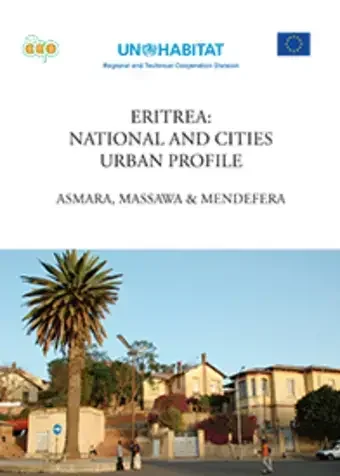
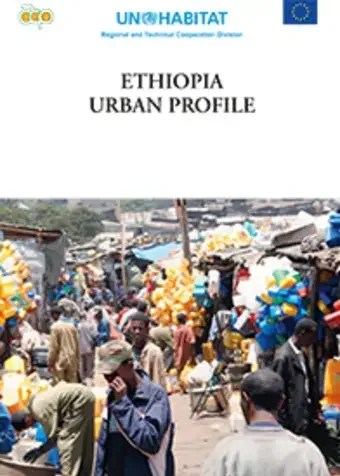
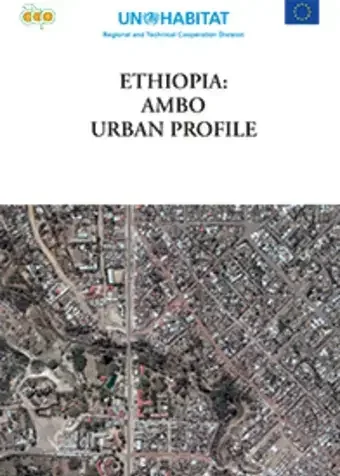
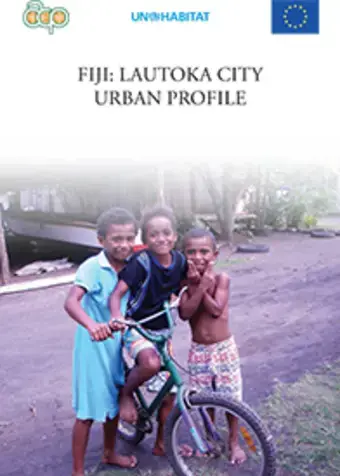
 Nairobi, 6 October 2014—Celebrations marking this year’s World Habitat Day took places in various places across the globe with calls for urgent action to address the plight of those living in slums.
Nairobi, 6 October 2014—Celebrations marking this year’s World Habitat Day took places in various places across the globe with calls for urgent action to address the plight of those living in slums.